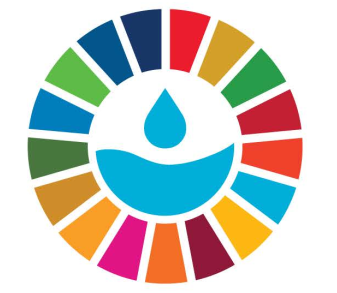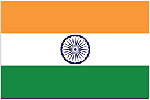Starting from heritage irrigation structures: explore the road to sustainable water management
Secretariat of Chinese National Committee on Irrigation and Drainage
(
Government
)
#SDGAction52282
Description
Thanks to their scientific design and planning and proper management, heritage irrigation structures have been endowed with sound sustainability and great resilience to climate change. These projects, having functioned for thousands of years, are perfect research subjects for sustainable water management philosophies which are good nourishment to the current agricultural water sector.Launched by International Commission on Irrigation and Drainage in 2014, the World Heritage Irrigation Structures (WHIS) now lists 140 projects worldwide, of which 30 are from China.
Chinese National Committee on Irrigation and Drainage plans to hold the First Forum on WHIS Protection and Development.The Forum will output conference proceedings or WHIS protection and development initiative. As a follow-up, China plans to spearhead the establishment of the WHIS Protection and Development Association. Under the framework of the Association, research projects and regular exchanges will be carried out to tap into the technological and management values of heritage structures and to better serve the modern agricultural water management and food security.
National Committees on Irrigation and Drainage of Japan, Italy, Egypt, Iran, India, etc., administratve agencies and research institutes of China’s World Heritage Irrigation Structures
Feedback
Action Network

Timeline
Entity
Region
- Global
Other beneficiaries
Governments and water administrative agencies
Website/More information
Countries





Contact Information
Lihui, Executive Secretary

